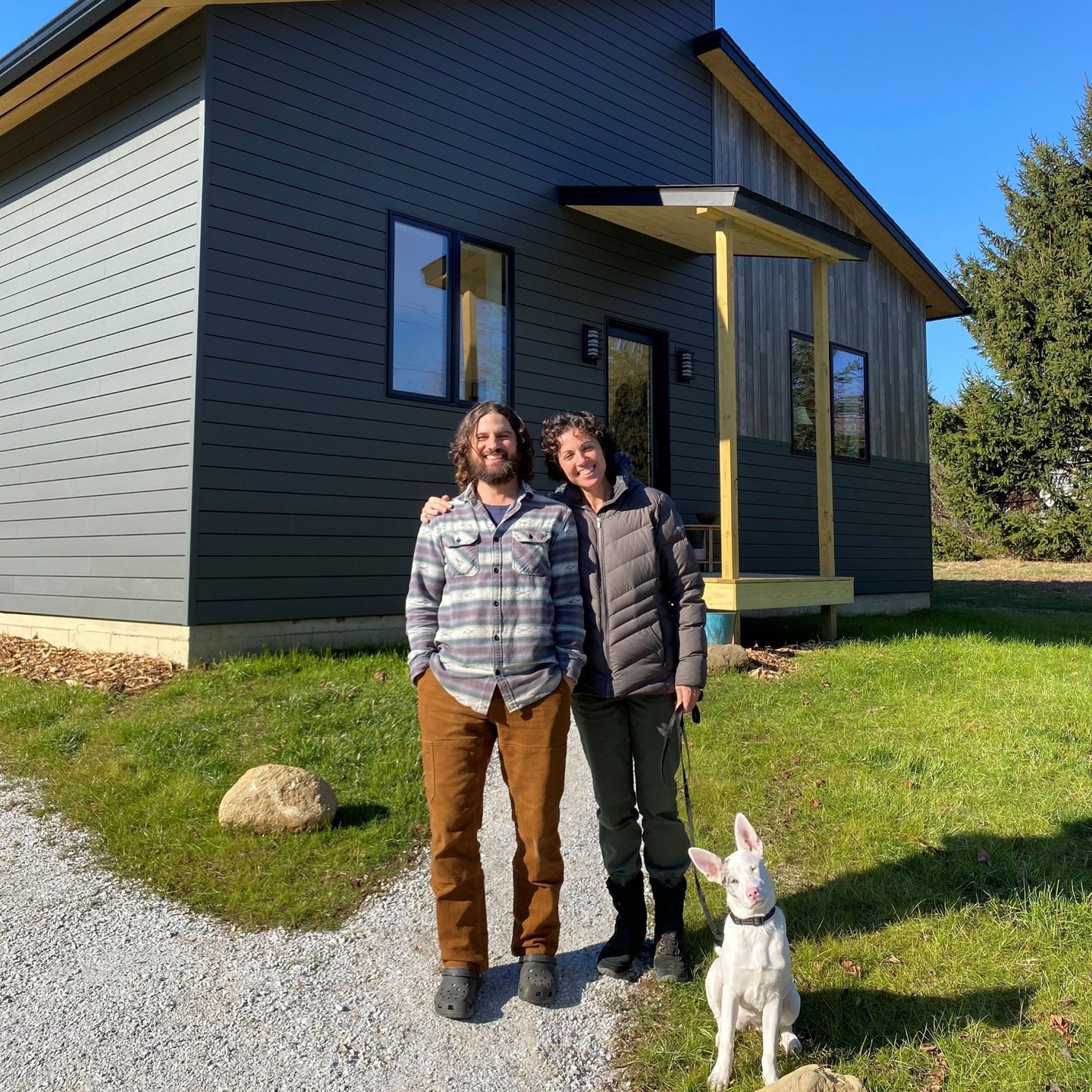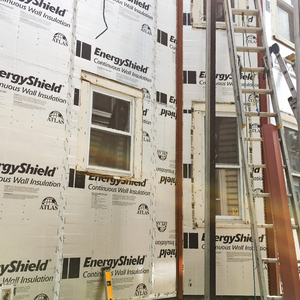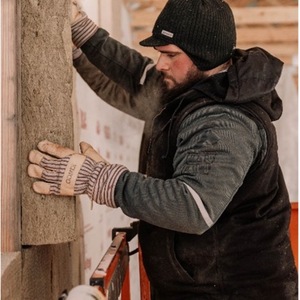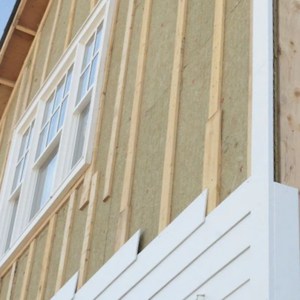
When I was asked to help teach a class on how to choose insulation, I knew that it would have to include examples of different ways to insulate slabs, basements, and crawlspaces; walls, ceilings, and roofs; and tricky areas like rim joists and kneewalls. I also hoped I could offer a systematic approach to evaluating products, so that the folks that participated in the class could learn to determine for themselves if a material was right for their projects. To do this, I started to develop a list of criteria to consider when choosing insulation. When I thought I was done, I ran it by a few colleagues and asked a few designers and builders a number of specific questions about how they settle on insulation in their work. I ended up with seven (+) points that need to be considered when choosing insulation. Then I started to rethink my approach altogether, but we’ll get to that a little bit later. First, let’s take a look at the list I came up with.
R-value
How well insulation slows heat transfer is quantified as R-value. The higher the number the better when it comes to R-value. When you see R-values listed, it’s important to know if they are the total R-value for a product or an R-value for the material, which is usually given as R per inch. For example, you can buy an R-13 fiberglass batt designed to be installed in a 2×4 wall. That’s the total insulating value for each batt. If you are blowing loosefill fiberglass insulation into an attic however, the product is likely sold at around R-3 per inch. The total R-value will depend on how deep you blow the insulation (as well as it’s density).
Because standardized R-value testing measures all three…
Weekly Newsletter
Get building science and energy efficiency advice, plus special offers, in your inbox.

This article is only available to GBA Prime Members
Sign up for a free trial and get instant access to this article as well as GBA’s complete library of premium articles and construction details.
Start Free TrialAlready a member? Log in















4 Comments
Nice post Brian! Looking forward to you class. You touched on installation details, what I would call "quality of installation". As you well know, there are a lot of choices when it comes to insulation, to me, a more important consideration is having whatever product is selected be installed correctly, achieving a high-grade installation. Small installation errors can have large effects on overall performance. The best insulation cannot overcome a poor installation.
Some of the best presentations I watched at Summer Camp a few years ago was about the Vancouver and BSC’s test huts showing different combinations of materials and installations methods. Since most assemblies are a combination of products from different manufacturers with different physical properties, characteristics and installation methods, learning how those combinations affect the selection process is key.
Not all products are the right choice for the right combination in a particular assembly for any particular climate zone.
1. One needs to decide what type of wall and roof assembly is going to be build.
2. One needs to decide which way is the assembly needing to dry in case it gets wet. Does the assembly dries to the inside, does it dries to the outside or both. Decide which material layer is the point of no return when it comes to moisture and/or air transfer.
3. ONE NEEDS TO READ THE CODE BOOK and learn what options one has to meet code with one’s particular assembly. Always remember: “Physics trumps chemistry every time”.
4. Finally, you can start choosing your insulation based on R-value, permeability, properties, GWP, installation details, availability and costs, etc.
Bottom line, there's a lot of work to be done before choosing any insulation.
Armando,
Lots of good research came out of those test huts. For anyone who want more information:
https://www.buildingscience.com/documents/special/vancouver-test-hut
The good news is that in many cases the same insulation choices come out on top regardless of whether your priority is cost effectiveness or CO2 impact: cellulose where it applies; EPS when you need plastic foam. (And then maybe some other options like mineral wool boards or glavel below grade, maybe new generation XPS where it's really wet, but better to make sure things drain well.)
Log in or become a member to post a comment.
Sign up Log in